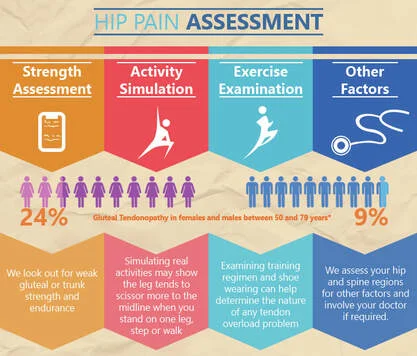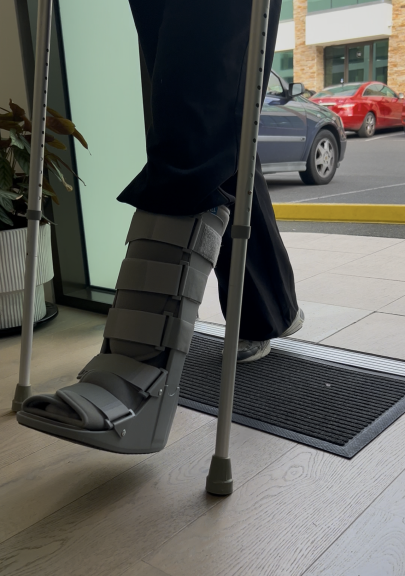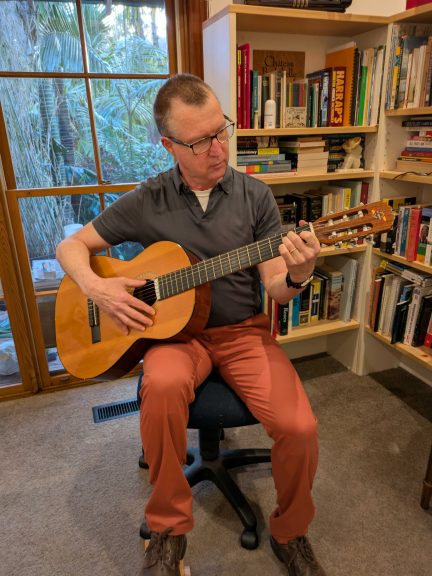 Gluteal tendinopathy is outlined as pain on the outside of your hip joint that can sometimes radiate down the thigh. Gluteal tendinopathy is likely to occur when there is an increased demand put on the gluteal muscles and tendons, this could be from getting back into running or walking or even increasing your training load. This increased demand essentially puts excess strain on the tendons without allowing them to adapt, and thus resulting in tendon changes at a cellular level.
Gluteal tendinopathy is outlined as pain on the outside of your hip joint that can sometimes radiate down the thigh. Gluteal tendinopathy is likely to occur when there is an increased demand put on the gluteal muscles and tendons, this could be from getting back into running or walking or even increasing your training load. This increased demand essentially puts excess strain on the tendons without allowing them to adapt, and thus resulting in tendon changes at a cellular level.
An exercise program should be the first pathway for gluteal tendinopathy and has been shown to have good results.
A staple of a gluteal tendinopathy program is isometric muscle contractions, this is when force is generated by the muscle without any movement, for example pushing against a wall. Isometric contractions have been known to causes immediate pain reduction with lasting effects up to 8 hours. Isometric contractions must be heavy and around 5 repetitions of 45 seconds has been found to be effective with a rest period of two minutes between repetition (Rio et al., 2015).
Once pain is under control, slow, progressive loading as well as strength & endurance can begin.
Your physio will start to introduce high load, slow velocity exercises that are initially done in non-compromising positions (Grimaldi & Fearon, 2015). Your physio may also commence functional strengthening and endurance training and start to strengthen other weak muscles that might be contributing to your condition.
Once your physio deems that there is sufficient strength you can start more sports specific tasks.Outside of an exercise program, some tips that you can follow for every day management include (Grimaldi & Fearon, 2015):
- Avoid sitting with legs crossed
- Avoid sitting with knees together
- Avoid lying on the sore side
- Place a pillow between your knees when lying on the unaffected side














